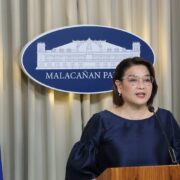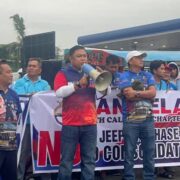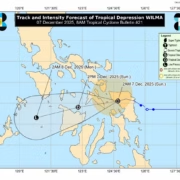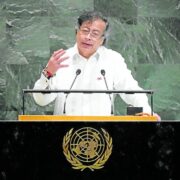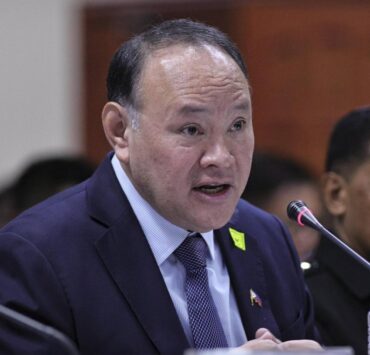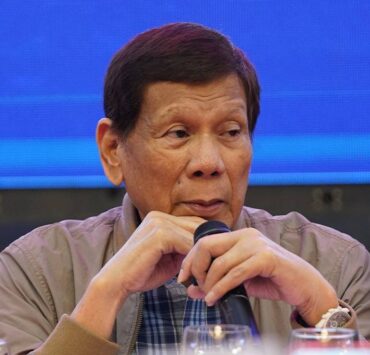Mostly PR, no concrete plans yet on Maharlika’s energy push–Win
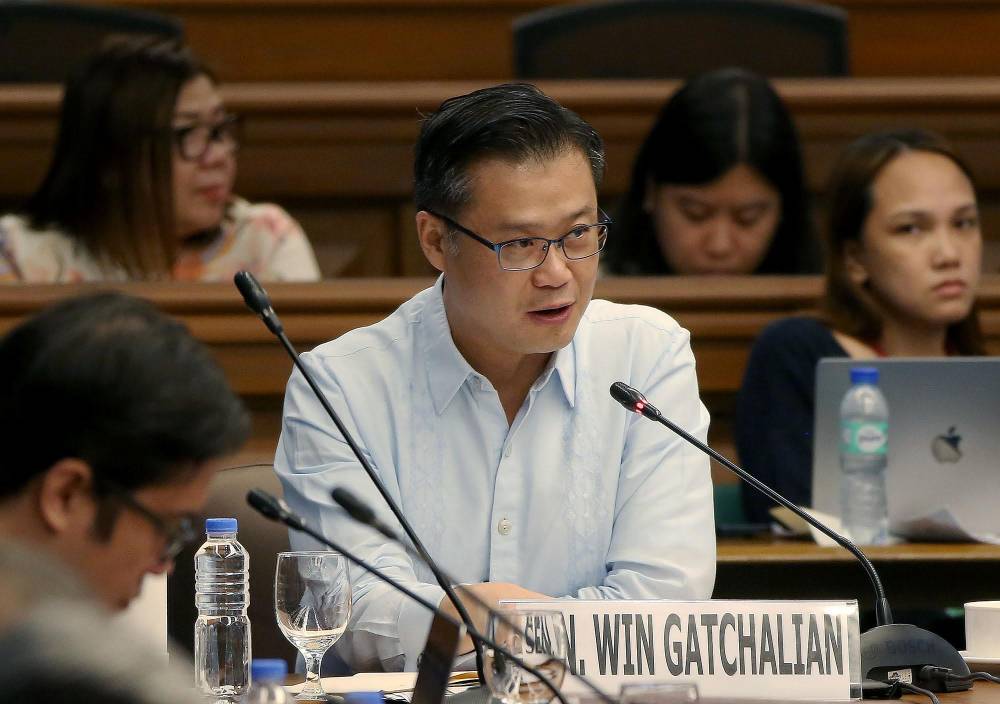
The Maharlika Investment Corp. (MIC) has yet to provide any firm plans for its supposed investments in the country’s energy sector, according to Sen. Sherwin “Win” Gatchalian.
“No concrete plans yet… a lot of it are press releases and just talk and negotiations,” he said during the Senate plenary deliberations on the Department of Energy’s (DOE) proposed budget for 2025 on Monday night.
Gatchalian, sponsor of the DOE’s budget in the plenary, was responding to the interpellation of Sen. Imee Marcos, who noted that “there was a plethora of media releases” that MIC would invest in the energy sector.
“[W]e were very heartened that [MIC] would, in fact, invest in power. But it appears there is no concrete plan as yet. Is that correct?” asked Marcos. “So we’ll have to say it’s wishful thinking for now?”
Gatchalian agreed, saying: “You’re correct… it’s in the initial stage.”
In July, the Department of Finance said the country’s first sovereign wealth fund was prioritizing energy projects, for which it wanted to raise some $1 billion, and a commitment would have been made before the end of the year.
Finance Secretary Ralph Recto also noted earlier that he wanted the Philippine sovereign wealth fund being managed by the fledgling MIC to kick off its investing activities by getting a board seat in the privately owned National Grid Corp. of the Philippines (NGCP), estimating that some P12 billion was needed to gain such a foothold in the country’s sole electricity superhighway operator.
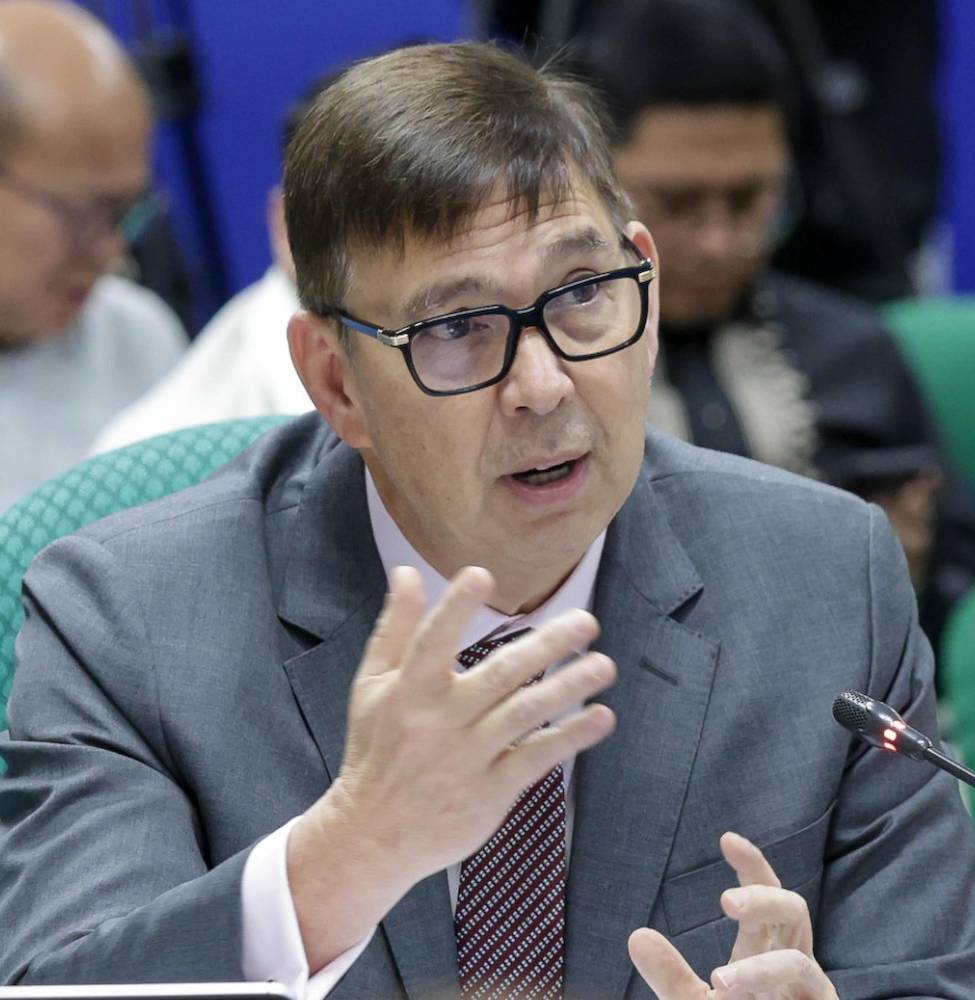
Finance Secretary Ralph G. Recto
PHOTO FROM DEPARTMENT OF FINANCE
Earlier in the deliberations, both Gatchalian and Marcos agreed that the government should take charge of the interconnectivity projects in the electric grid due to the delays under NGCP.
Gatchalian said the Energy Regulatory Commission (ERC) has already acted on the matter by asking NGCP to explain the setbacks in the implementation of grid projects.
“A lot of the projects are delayed and this is where ERC came in and, in fact, ERC issued several show-cause orders to NGCP to justify why these projects are delayed,” he pointed out.
“ERC also issued several action points against NGCP because of the delays,” he added.
Options to complete grid
Marcos asked if there was any possibility for a “more creative, out-of-the-box” solution, such as building the interconnection project led by the government though a state-run consortium led by MIC.
“[MIC] announced [this] time and again in the media together with TransCo (National Transmission Corp.), and once and for all, finish this like other responsible governments where critical infrastructures such as this are built and owned and operated by the [state] because they are so strategic and critical,” she said.
Gatchalian agreed, noting that “if the private entity cannot build it because of lack of capital, then the government should take charge because of national interest and the public interest that is involved.”
“And that’s precisely also one of the reasons why the Maharlika Investment Fund was created, to go into critical infrastructure and to use public funds to build those infrastructures,” Gatchalian added.
He also disclosed that NGCP “is resisting [moves for the] government to build the expansion” of the grids.
“They have no right to do that. We know that’s absolutely without basis,” said Marcos.
Gatchalian again agreed, saying: “They have no right and in my opinion if they cannot build it, then the government should build it because that is of public importance.”
“This is the current discussion right now. I believe that the department is looking at this very seriously because a delay in transmission lines creates a lot of uncertainty and insecurity in terms of grid stability,” he explained.
Gatchalian said the government was looking at tapping other means apart from the sovereign fund since it has no concrete plans about it yet.
Also during the deliberations, Marcos questioned why the Philippines has continued to increase the use of coal while the rest of the world is trying to decarbonize energy.
Gatchalian responded by saying the DOE already issued a moratorium on new coal-fired power plants.
Potential projects
The sovereign fund was created by virtue of Republic Act No. 11954 that was signed by President Marcos on July 18, 2023.
It is to invest in a wide range of assets, including foreign currencies, fixed-income instruments, domestic and foreign corporate bonds, joint ventures, mergers and acquisitions, real estate, and high-impact infrastructure projects that contribute to the attainment of sustainable development.
The state-owned Land Bank of the Philippines and the Development Bank of the Philippines remitted in September last year to the Bureau of the Treasury their combined P75-billion contribution, representing 60 percent of the P125-billion initial capitalization of the fund.
The rest of the money came from the national government, mainly from Bangko Sentral ng Pilipinas dividends, state share in the earnings of the country’s gaming regulator, proceeds from privatization, royalties and other sources.
In April this year, MIC signed a memorandum of understanding with the Bases Conversion and Development Authority (BCDA) to explore potential developments in key projects with a total funding requirement of $4 billion.
Among the BCDA projects to be explored by MIC are the expansion of Clark International Airport, which includes the construction of another runway, taxiways, aprons and landside access roads and utilities; affordable housing in New Clark City; Clark integrated public transport system; Poro Point seaport modernization program, and the solid waste management and waste-to-energy project in New Clark City.



